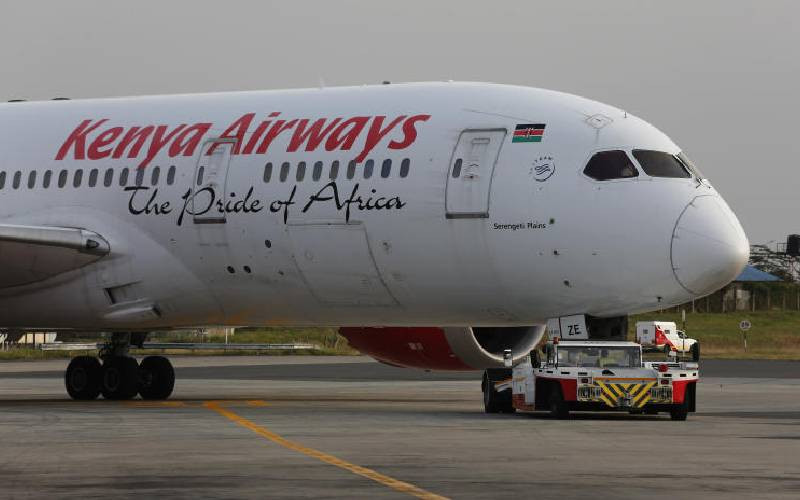×
The Standard e-Paper
Home To Bold Columnists

NAIROBI, KENYA: The government has partially lifted the ban on logging in public and community forests.
In a statement, Cabinet Secretary Ministry of Environment Keriako Tobiko said the move is to allow for harvesting and disposal of mature and over-mature forest plantations for an area not exceeding 5000 hectares.







